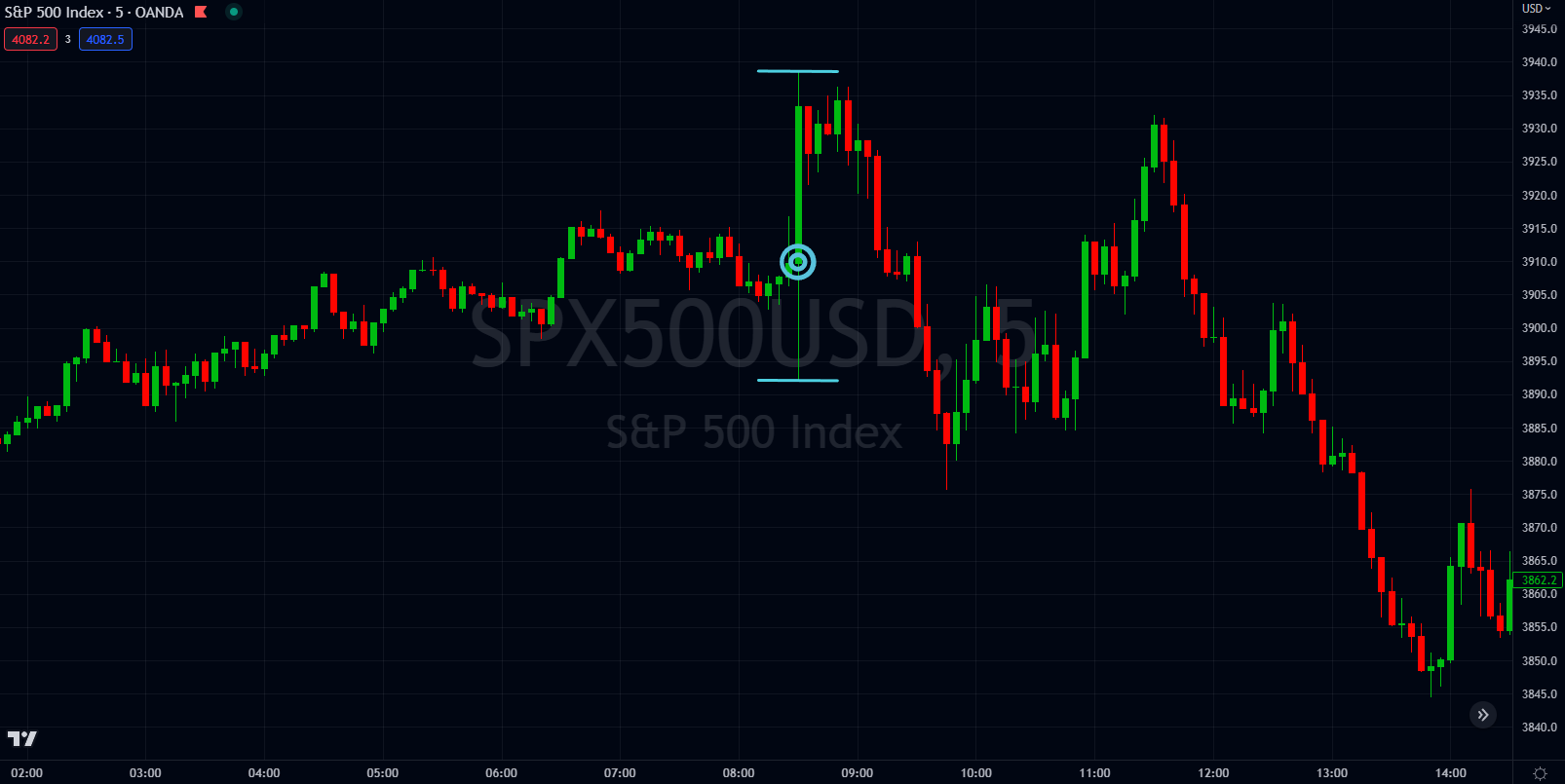On Friday the 7th of April, at 8:30 AM ET, the BLS is set to release the US Nonfarm Payrolls and Unemployment Rate numbers for the month of March.
Here are some views on what to expect:

Median analyst estimates for Nonfarm Payrolls are 240k, with the highest estimate at 300K, and the lowest at 150K.
The majority of analyst bets are around 250-255K.
As for the Unemployment Rate, median estimates see no change at 3.6%, with the highest estimate at 3.7%, and the lowest at 3.5%. The majority of bets are between 3.55% and 3.65%.
Wells Fargo
NFP Forecast: 190K
Unemployment Rate Forecast: 3.5%
Hiring has remained surprisingly resilient in recent months, with the 311K new jobs added in February continuing the 11-month stretch of upside surprises to Nonfarm Payrolls when compared to the consensus forecast.
The March employment report comes too soon to reflect the recent stress in the banking system.
However, job growth already looked poised for a slowdown this spring after unusually warm weather in January and February and, more generally, as the effects of tighter policy continue to filter through the economy. Job openings, postings, and hiring plans have been trending lower for a year now, while layoff announcements have shot up in recent months. We look for job growth to slow to 240K in March. The still-tight state of the labor market is likely to be reflected by the unemployment rate ticking back down to 3.5% and March's rise in average hourly earnings edging up to 0.3%.
JPMorgan
Dr. David Kelly
NFP Forecast: 255K
Unemployment Rate Forecast: 3.5%
Black Rock
This week, US payrolls will help indicate how tight the labor market remains and how resilient companies have been to the rapid rate hiking cycle. We see wage pressures contributing to persistent inflation.
ING
NFP Forecast: 260K
Unemployment Rate Forecast: 3.6%
While we remain nervous about the outlook for jobs given the rise in job lay-off announcements and the inevitable tightening of lending conditions resulting from banking stresses that will be a major headwind for struggling businesses, this will take time to be reflected in payroll numbers. Anything over 200,000 in terms of March payroll growth will likely boost expectations for a 25bp rate hike.
Natwest
NFP Forecast: 155K
Unemployment Rate: 3.7%
Scotiabank
NFP Forecast: 300K
Unemployment Rate: 3.5%
Other Jobs Reports This Week
Any Clues?
This week also saw the release of the US JOLTS Job Openings on Tuesday, and the ADP Employment Change on Wednesday, but can these give us any clues?
JOLTS came in cooler than expected for the month of February, at 9.931 mln, from the prior 10.824 mln - median expectations looked for 10.5 mln.
The ADP employment change followed a similar path, showing labor cooling off with the March data coming in at 145k, on the revised prior of 261K, and median estimates of 210k.
History would warn us to take caution in looking for correlations between the ADP's private employment change numbers, and the BLS' Nonfarm Payrolls, despite the data period representing the same month (unlike JOLTS, which lags behind by a month).
Throughout 2022, there was little/no correlation between the ADP and NFP employment reports, as demonstrated in the graph above.
Throughout this period, there was also a strange pattern of NFP coming in above expectations almost every month of 2022, and ADP coming in below expectations the majority of the year.
Previous Release
The previous release was on March 10th. Nonfarm Payrolls for February came in at 311k, against the median forecast of 225k. This release came with a prior revision to January's NFP number, with the prior being revised down from 517k, to 504k.
We also saw the Unemployment Rate come in higher than expected, with a +20bps deviation to 3.6% from 3.4%.
(S&P 500 5M Chart)
The market reaction to this data was fairly muted.
The headline NFP number may have come in hotter, but the unemployment rate showed labor cooling off, alongside the downward revision to January's NFP number.
There was an initial whipsaw in the S&P 500, before some slight upside movement, which was not sustained.


